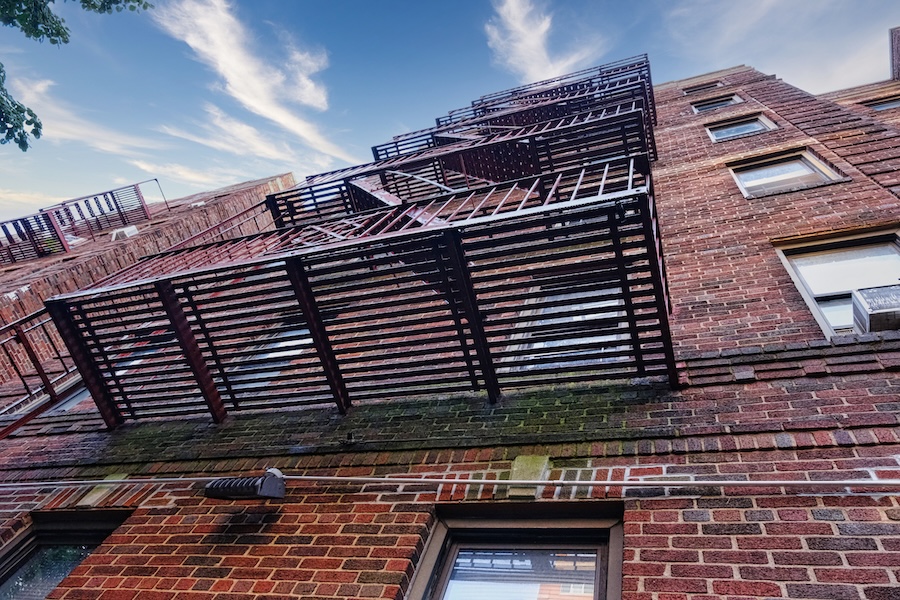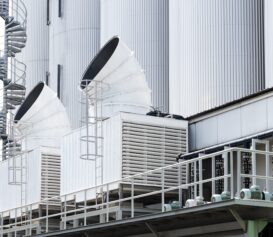The DOHMH published their final, revised window guard rules – completely repealing and replacing Chapter 12 of Title 24 – after a hearing on May 27, 2025.
Here’s what’s in the final rules, and what that means for your buildings:
Why The Changes?
According to the Department of Health and Mental Hygiene, the original window guard rules were designed with the most common NYC windows in mind – double hung windows. Since then, more types of windows (and window fall prevention devices) have come into place, without the rules reflecting these updates. Per the department:
These proposed amendments update the rules to reflect these changes. They use the term “window guard” to encompass both traditional window guards (TWGs) used in double hung windows and limiting devices that prevent falls in newer window types.
To review and approve new devices more efficiently, the revamped rules outline a registration program implemented by the Department. This replaces the old Window Guard Policy and Acceptance Board, who previously approved new window guards and window guard-type devices. Applicants (device manufacturers and/or building owners) can now submit specific documentation (including affidavits from professional engineers or architects) to the Department for evaluation.
There are a few other key changes the DOHMH wanted to integrate into the new rules:
- Regulate the use of air conditioners, which weren’t part of the initial Chapter 12 rules. It’s a critical inclusion – improperly installed or removed devices can lead to falls
- Require “installation of window fall prevention devices on windows that open onto balconies or terraces above the first or ground floor of a multiple dwelling”
Annual Safety Notice Mailings
The new rules remove outdated information and sample language for annual safety notice mailings specific to the window guard question. Updated language will be made available regularly on the DOHMH’s website, or in paper form via 311 requests. Teams can continue to use combined language for window guards and lead paint, as provided by DOHMH/HPD.
Owners are still required to provide notices, and, in the absence of a response from residents, inspect units to determine whether or not window guards are needed.
A new “reminder” requirement is included in the rules, stating owners must either:
- Email residents reminding them to respond to notices between 1/1 – 2/15 (the date to start inspections); or
- Post a notice/flyer in common areas reminding residents to respond
Specs For Window Fall Prevention Devices
According to the new rule release, specifications for window fall prevention devices have been simplified:
- Devices must still be configured to limit window openings to no more than four and one-half (4 ½) inches on the bottom and sides of any open window sash, or between any grids or bars in a window guard
- No opening may allow more than an additional half-inch of deflection, demonstrated in a manner that prevents the passage of a five-inch diameter solid sphere through the opening
- All such devices must be tested to withstand the impact of a 150-pound weight and maintain structural integrity post-testing
Exception Reminders
Per the rules, owners must install window guards in each window for which the owner knows or “reasonably should know” that there is a child in residence, or that the occupant requested it, including balcony windows. Here are exceptions defined in §12-07:
- Windows opening on fire escapes and secondary egress windows
- Window openings at or below ground level
- Emergency escape and rescue openings
Please review the rules to view more details for the above exceptions, along with information on specifications, testing, and installation.
Air Conditioner Requirements
§12-09 outlines requirements if owners are using permanently installed window air conditioners as window guards. Here’s that section of the law in full:
(i) Window air conditioning units. Additional window guards are not required for windows in which air conditioning units have been permanently installed in double hung windows as follows:
- (1) The air conditioning unit is securely bolted into the window stool or sill using tamper-resistant oneway screws without leaving any open space greater than four and one-half (4½) inches;
- (2) Two metal “L” shaped stops or brackets are installed in the window frame (one on each side of the bottom sash) to prevent the lower window sash from opening more than four and one-half (4½) inches above the air conditioner unit; and
- (3) The building owner has inspected and approved the permanent installation and verified that the requirements of paragraphs (1) and (2) of this subdivision are satisfied.
Enforcement
The updated rules go into effect on January 1, 2026, just in time for the 2026 mailings cycle.
Failure to provide notices, provide notices with language not approved by the department, or provide copies of completed notices can result in penalties – some issued on a per-unit basis. Failure to post mailing reminders can also result in a violation with civil penalties.
Questions about mailings or window guards? We’re here for you. Reach out to your Customer Success Manager or support@sitecompli.com for more details on mailings requirements, or how our team can help.




